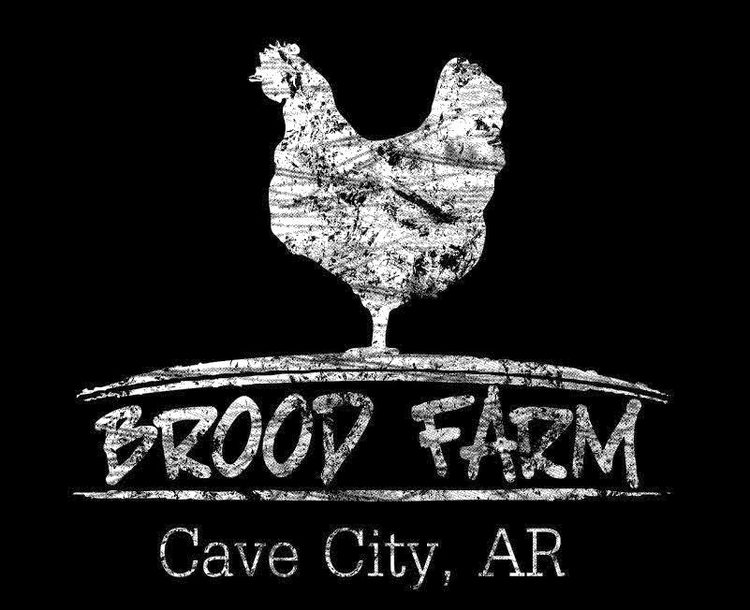Just before Thanksgiving, I visited this adorable kindergarten class and talked with them about the way the Pilgrims might have lived and how a little bit of what we strive to do at the farm today is similar. Several times during my talk, the kiddos eyes would light up, and without saying a word, they would intertwine their hands overhead as seen in this photo.
Their teacher said it is their sign for "making a connection." (If you've spent any time around elementary curriculum lately, you know they are all about making connections!) You know, one of the things in farming that gets me excited is all the connections. The interconnectedness of the old-fashioned farm is truly a thing of beauty -- miraculous even.
One of the things I spoke to the kids about was the pumpkin patch. We planted the seeds and tended the vines and then sold the pumpkins. A few of the pumpkins that weren't fit for sale were fed to the chickens all along the way. Then, when the vines petered out, the chickens were moved onto the pumpkin patch to eat the remaining rotting pumpkins and scratch up the ground and drop their fertilizer -- readying it to rest before next spring's planting.
And, all the while, the hens are laying eggs. The shells of those eggs, combined with other compostable kitchen scraps they can't eat, are tossed into the compost pile and left to transform into a nutrient-rich fertilizer for next year's plantings.
Doesn't it all just make you want to fling your interconnected hands overhead, too?
It's beautiful.
On the old-fashioned farm, nothing is wasted, everything is connected, and every animal serves a purpose. This is what we strive for. Finding ways to fit the farm pieces of the puzzle together is one of the great joys of this.
Our Depression-era grandparents are some of our best teachers. The milk from the family cow was used to make cheese. The whey from the cheese making was fed to the pigs. The pigs provided bacon for the table and lard used to make soap. And when resources had to be brought in from outside the farm, the feed sacks were used to make dresses.
We can't make dresses out of modern feed bag material, but we do use it to mulch the garden.
The beauty in all this thriftiness and interconnectedness that we now call polycultural farming* is that it is actually good for the land as well as its inhabitants. Mother Nature loves a loop, right? We probably all remember learning about various nature cycles in science class.
One of the greatest joys and greatest challenges in farming is in figuring out how to work with nature to create these beautiful, beautiful loops.
What are some beautiful loops you've seen in your own farming/gardening efforts? What are some loops you admire from the good 'ole days?
* If you are interested in learning more about polycultural farming and how it differs from the monocultural methods used to produce most of today's food, look into Michael Pollan and Joel Salatin. They each have lots of great tidbits on the subject.

